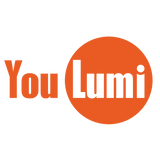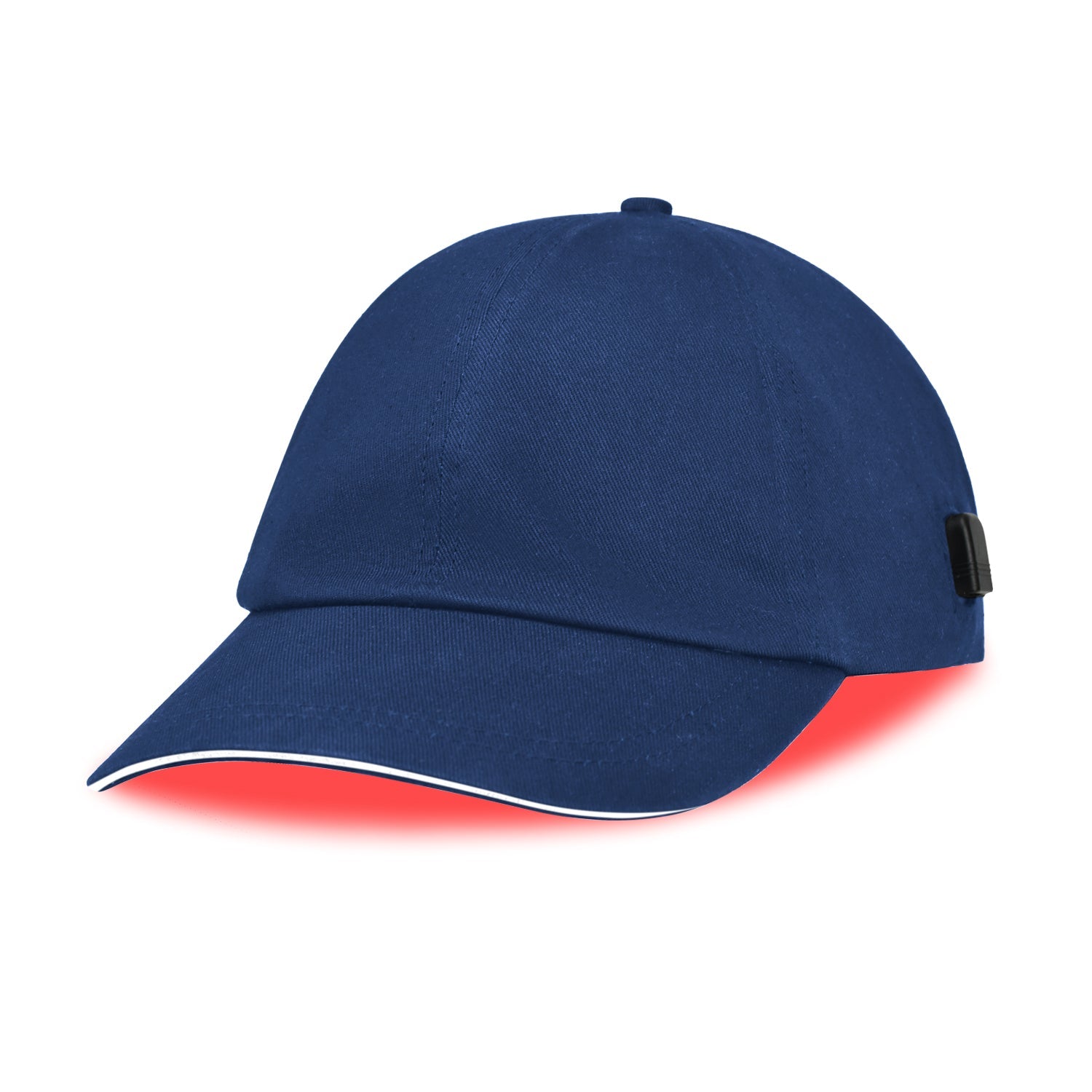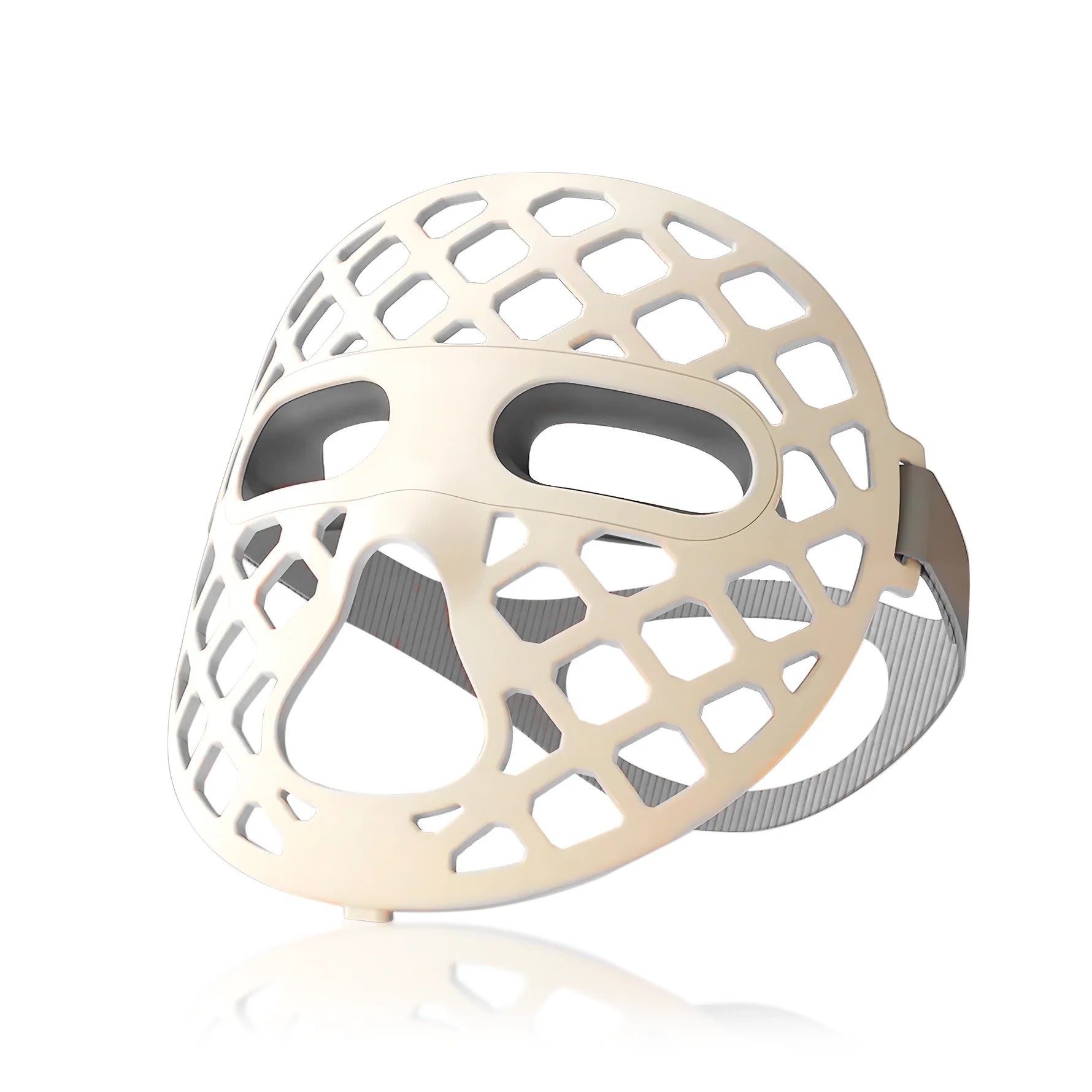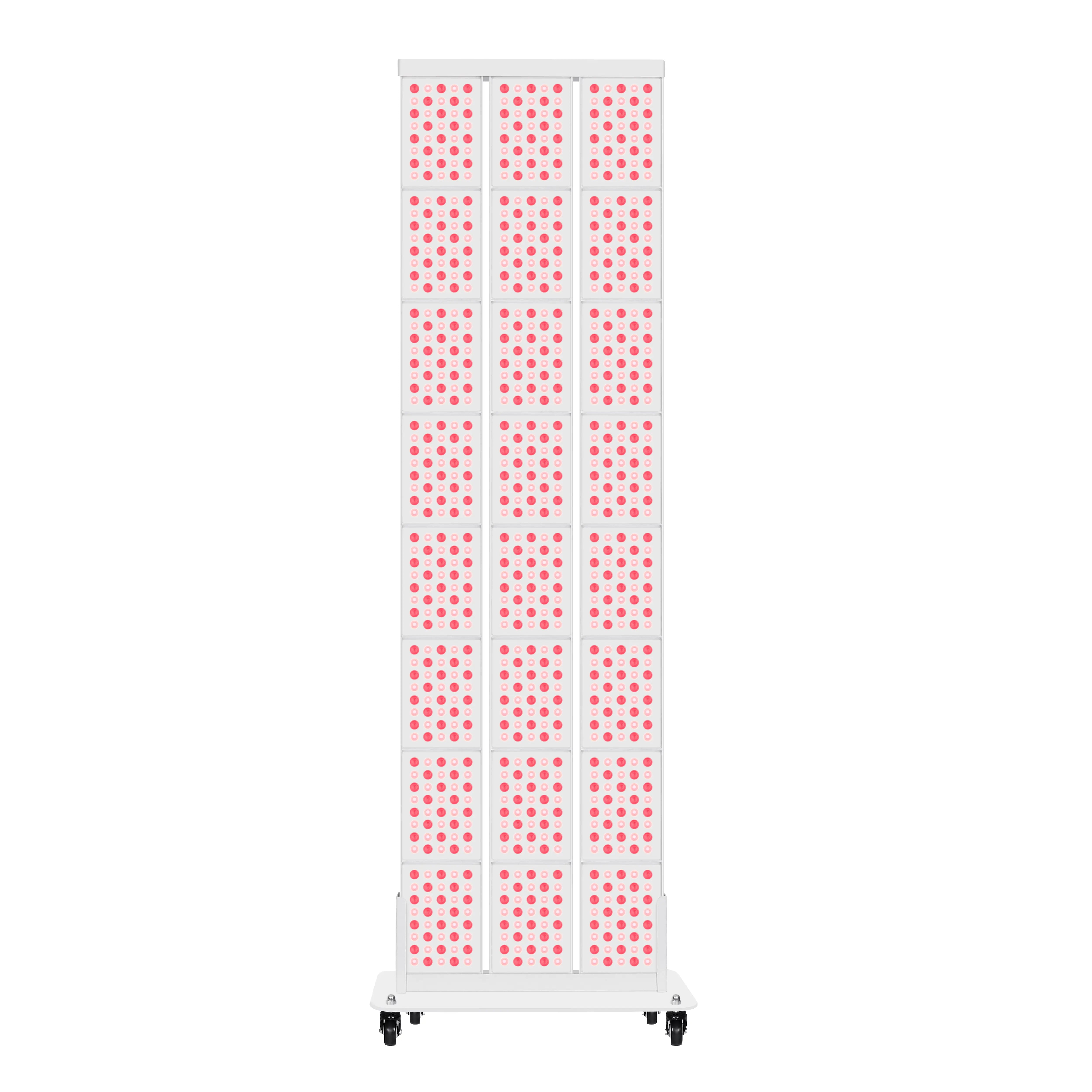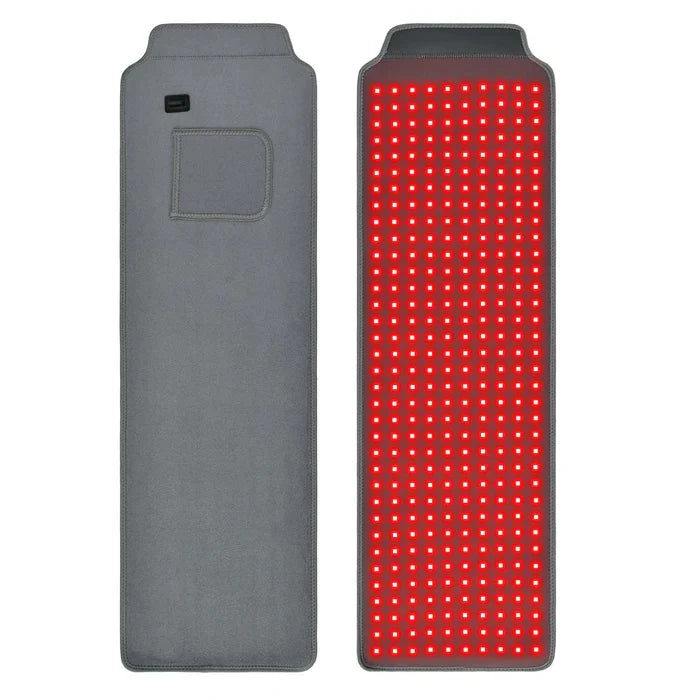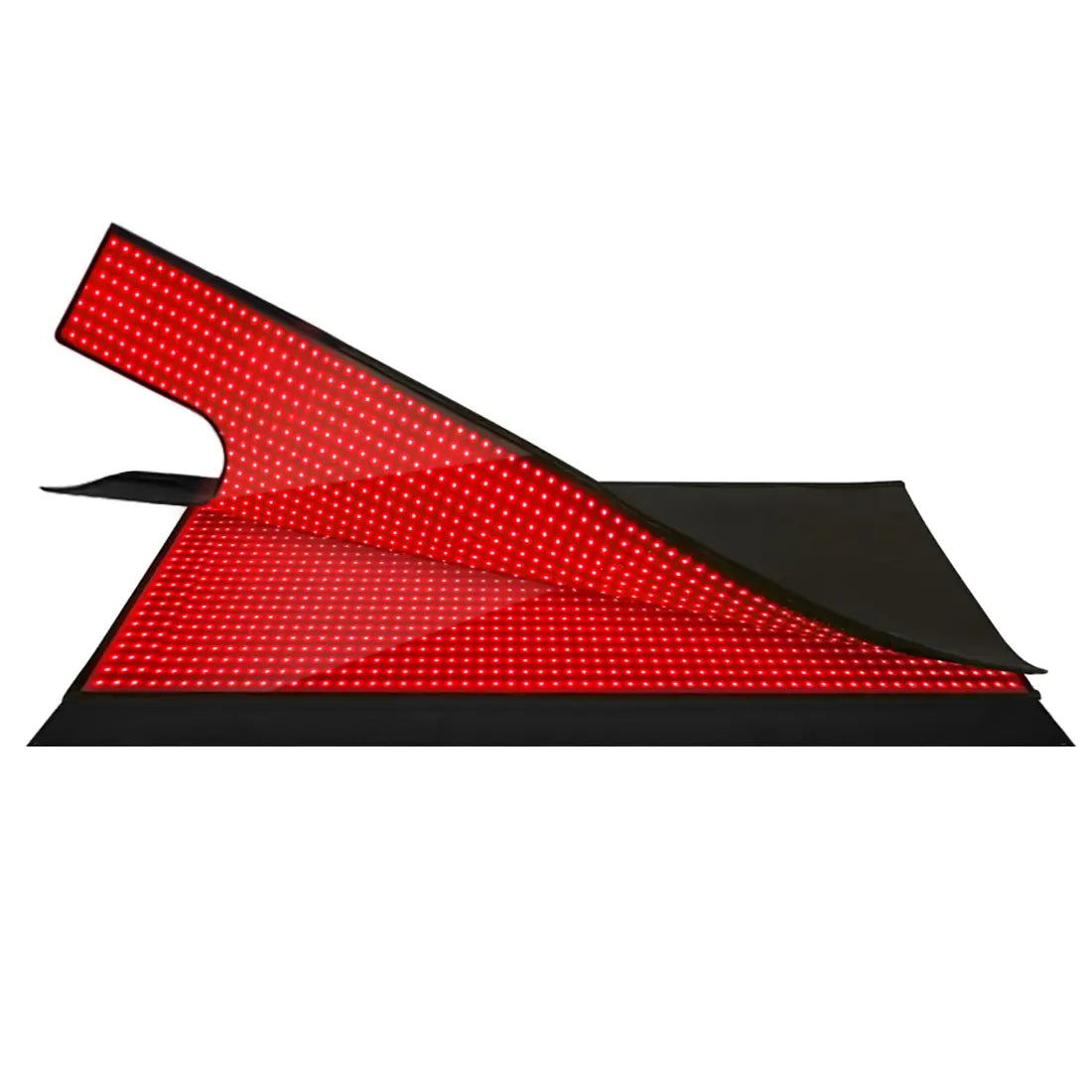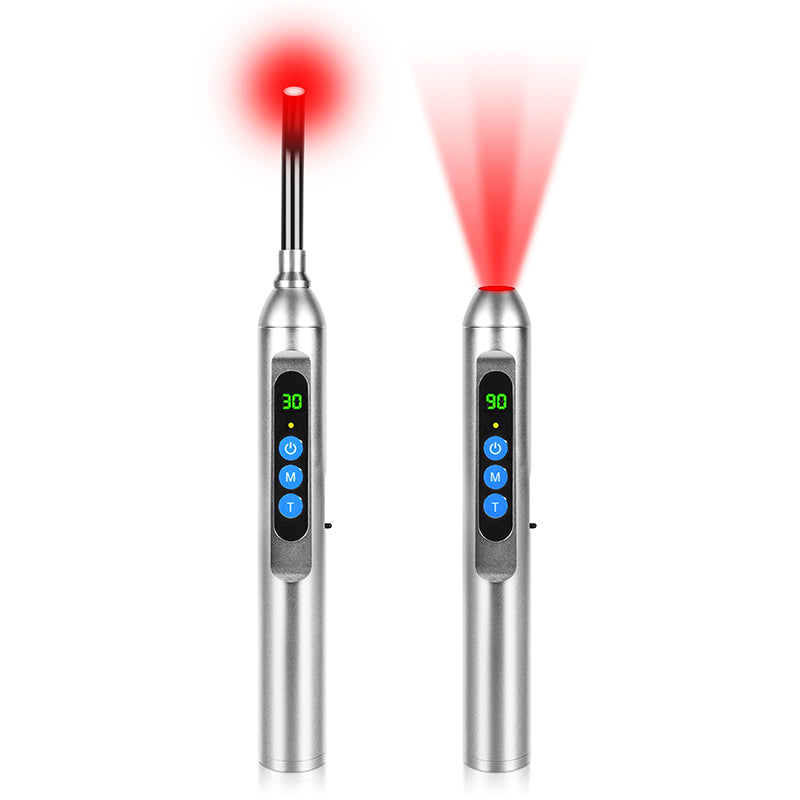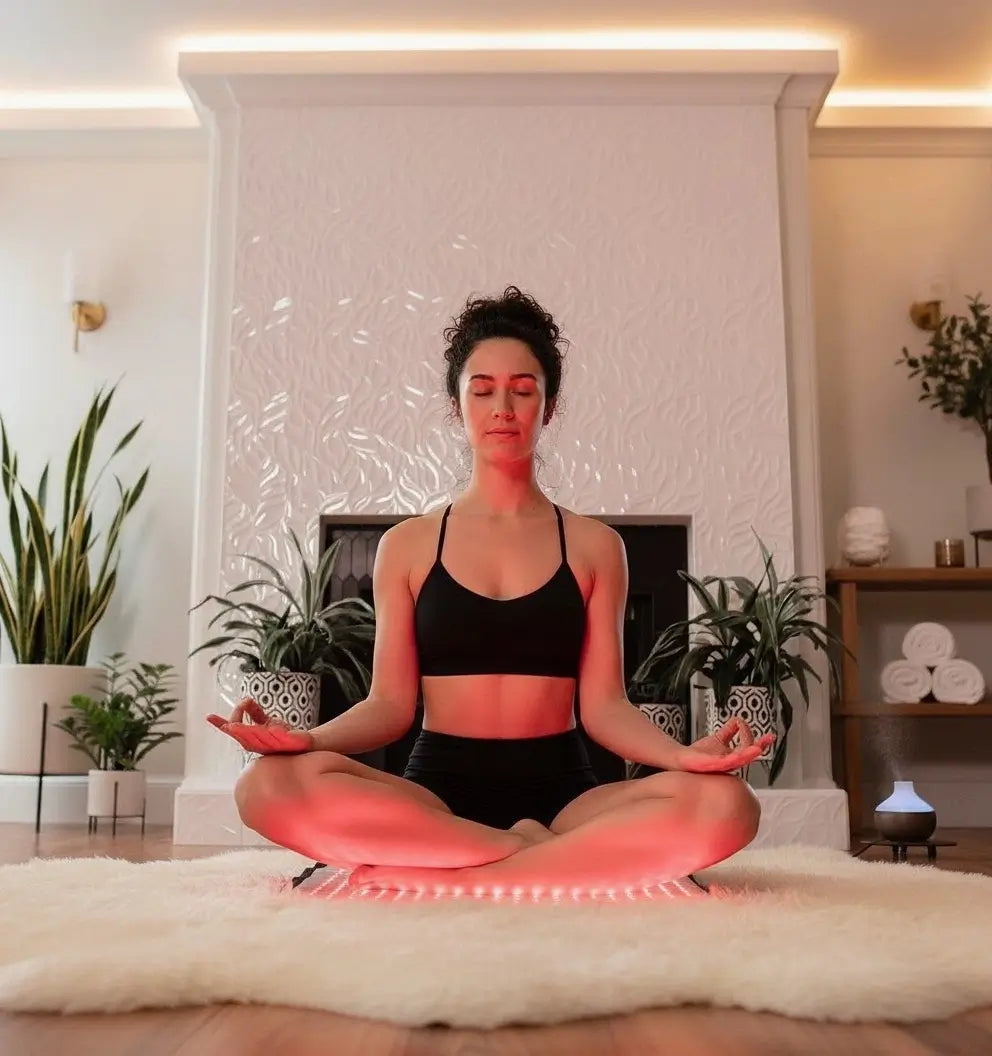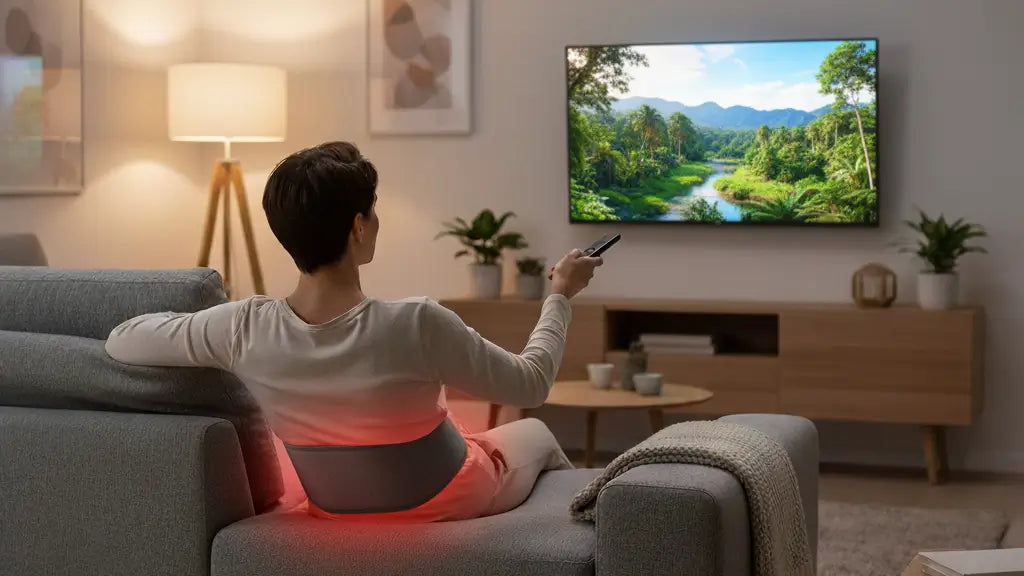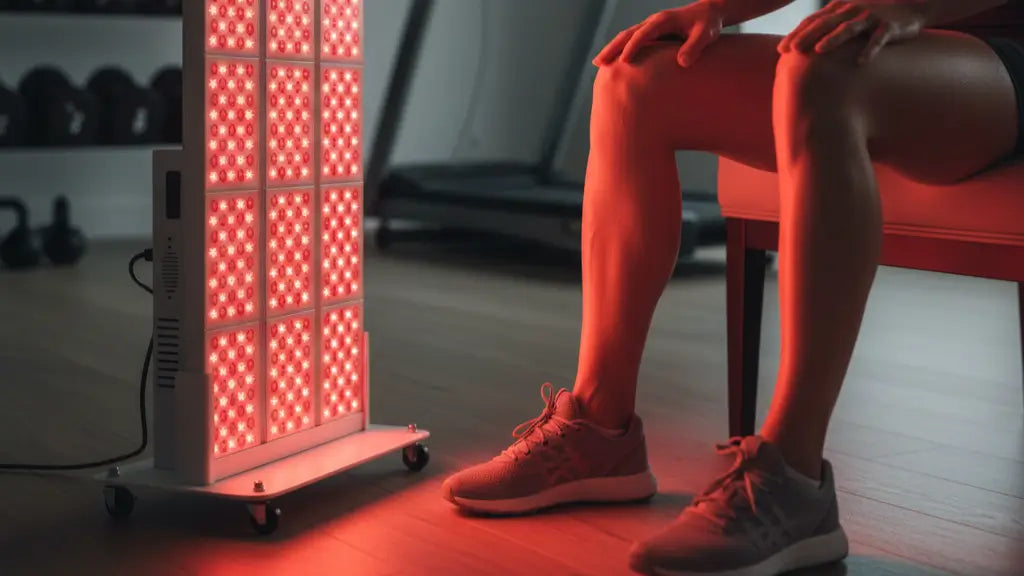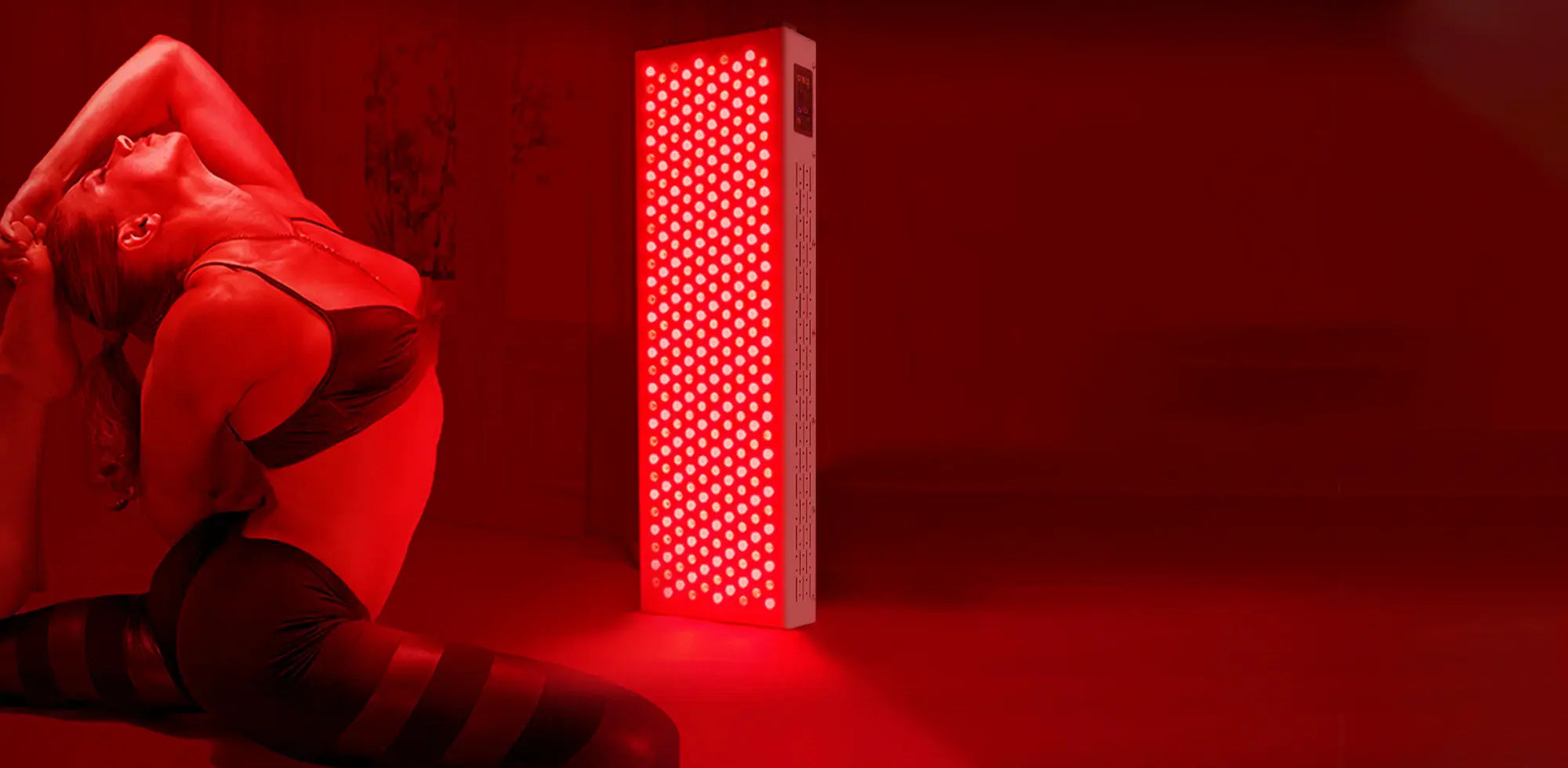Neck lines often appear earlier than people expect. Daily screens, quick sun exposure on commutes, and small posture habits nudge the skin the same way for years. This guide gives you a clear plan. You will learn why lines start, the main types you see in the mirror, and how to use red light therapy for neck care at home alongside smart skincare and simple posture tweaks. The steps are practical and fit a busy week.

When Neck Wrinkles Start
Faint horizontal lines can show up in the teens and twenties as study time and screen time rise. In the thirties, sun exposure and lifestyle stressors reduce elasticity, so lines linger after the head tilts down. Through the forties and beyond, collagen and elastin decline. Horizontal grooves deepen, and vertical bands stand out during speech or neck movement. The pace varies by genetics and habits, yet the path follows similar rules. Collagen support plus regular protection changes that path.
A practical note for planning: choose one foundation that improves texture in the background. Red light therapy supports that role because it pairs well with sunscreen, moisturizers, and posture work.
Common Neck Wrinkle Types
Before you pick solutions, match what you see to a clear category. Many people show a mix rather than a single pattern. Use the breakdown below to identify your main targets, then align treatments to each one.

Horizontal Necklines
Also called tech neck or Venus rings. These lines form where the skin folds when the head tilts forward. They respond to hydration, gentle resurfacing, and steady stimulation that supports collagen. Red light therapy for neck texture helps this group the most.
Vertical Neck Bands
These are platysmal bands created by the platysma muscle. They look like vertical cords during speech or clenching. Muscle relaxers address the pull. Skin quality on top still benefits from collagen support and daily care.
Crepey Skin and Early Laxity
The surface looks thin and finely wrinkled. Sun history on the neck and chest drives much of it. Consistent barrier care, antioxidants, and red light therapy address texture. Laxity that affects the jawline may need in-clinic tightening if home steps do not meet your goal.
Why the Neck Ages Faster
The neck has fewer oil glands and a thinner dermis than the face. Moisture escapes easily and movement shows on the surface. The area receives sun during commutes and weekend stops, yet many routines end at the jawline. Other drivers include device posture, smoking, diets high in sugar, and side sleeping that creases the same spots. Each factor is adjustable. Daily sunscreen on the neck and chest, a better screen height, and steady hydration slow the slope of change.
Red Light Therapy for the Neck Explained
Red and near infrared light in the studied ranges around 630 to 660 nanometers and 800 to 850 nanometers reach cellular targets linked to energy production. Mitochondrial activity improves, which supports collagen synthesis and a calmer inflammatory baseline. Microcirculation also improves. Results build with routine use. Many people see early texture gains within one to two months and better tone with continued sessions. Red light therapy guides the tissue toward repair. Bands caused by strong muscle pull may still need a clinic step, yet the skin over them looks healthier when light is part of the plan.

At-Home Red Light Therapy for Neck Protocols and Safety
Home routines work well when the plan is simple and repeatable. The goal is clear. Keep a steady rhythm, reach an adequate dose, and make each session easy to repeat. The framework below shows a path most people can follow and lists safety steps that protect results.
Weekly Plan and Session Setup
- Frequency: three to five sessions each week for eight weeks, then maintain two to three times weekly
- Session time: 10 to 15 minutes per side with a panel at a typical working distance, or 10 to 20 minutes with a close flexible device
- Distance: follow your device chart. Many panels reach a suitable dose at 6 to 12 inches
- Energy target: aim for roughly 1 to 10 joules per square centimeter per session. Device makers usually translate this into minutes
- Coverage: treat the front, then rotate slightly to reach both sides. Keep the neck relaxed and the chin gently lifted
Safety and Tolerance
- Use the eye protection provided by your device and avoid staring into LEDs at close range
- If you take photosensitizing medication, have a photosensitive condition, or are recovering from a procedure, speak with your clinician first
- If you have thyroid disease or concerns, consult your clinician and shorten the time over the central neck while giving more time to the sides
- Stop and reassess if persistent redness or irritation appears
This approach keeps red light therapy for neck rejuvenation simple. Consistency beats occasional long sessions, and photos taken on a schedule make progress clear.
Skincare, Exercises and In-Clinic Options to Pair with Red Light Therapy
Red light therapy is the base. Skincare, posture work, and clinic treatments are the supports that raise the structure. Start with daily steps you can maintain, then add targeted procedures if the mirror still shows lines that bother you. Sequence and pacing shape your final result.
Smart Skincare That Fits the Neck
- Morning: antioxidant serum, broad-spectrum SPF 30 or higher, lightweight moisturizer
- Evening: retinoid a few nights per week as tolerated, peptide serum, richer cream if the skin feels dry
- Gentle exfoliation: light AHAs on nonconsecutive nights if your skin tolerates them
Posture and Targeted Moves
- Chin tucks: glide the chin straight back while looking forward, hold for five seconds, repeat ten times
- Scapular retraction: draw shoulder blades toward each other without shrugging, hold for five seconds, repeat ten times
- Screen height: raise the monitor so your eyes meet the top third. Hold the phone at eye level when you can

In-Clinic Options at a Glance
Use clinic care when lines are etched or bands dominate. Prices vary by region.
| Treatment | Best For | Sessions | Downtime | Typical Cost per Session |
| In-office LED or low-level light | Texture, redness, recovery support | 6 to 12 | None | 50 to 150 USD |
| Neuromodulators | Vertical bands from platysma pull | 2 to 3 per year | Minimal | 300 to 900 USD |
| Hyaluronic acid fillers | Etched horizontal grooves | 1 to 2 then yearly | Minimal | 500 to 1,200 USD per syringe |
| Microneedling ± RF | Crepey texture and fine lines | 3 to 4 | A few days | 300 to 900 USD |
| Fractional laser including CO2 | Texture and sun damage | 1 to 3 | Several days to two weeks | 800 to 2,500 USD |
| Ultrasound or RF tightening | Early laxity and jawline support | 1 to 2 | Minimal | 1,200 to 3,000 USD |
Red light therapy improves tolerance and recovery for many of these steps, as allowed by your provider, and keeps the surface even between visits.
Prevention Playbook for a Smoother Neck
After a focused phase, the goal is to hold and build. Daily protection and small posture adjustments keep texture gains stable. The habits below are simple to apply and pair well with a long-term plan that includes red light therapy for neck maintenance.
Daily Habits That Hold Your Progress
Apply sunscreen on the neck and chest every morning, then reapply during long outdoor stretches. Layer an antioxidant under sunscreen. Keep moisture levels steady with a barrier-supporting cream so creases are less likely to set. Maintain red light therapy sessions two or three times a week after the initial build phase.
Sleep and Workstation Tweaks
Keep your ears aligned over shoulders while reading and working. Bring screens to eye level. Choose a pillow height that keeps the neck in a neutral position. If you side sleep, hug a soft pillow to reduce chest and neck folding.
Nutrition and Hydration
Aim for colorful produce and adequate protein to supply amino acids for collagen. Manage sugar spikes for steadier skin quality. Keep daily water intake consistent, especially in heated or air-conditioned environments.
Track Progress and When to See a Professional
Take photos at baseline and every four weeks. Use the same light, distance, and angles. Look at texture, line depth, and jawline shape. If progress stalls after eight to twelve weeks, adjust one variable. Increase session count within the safe range, review sunscreen habits, or add retinoid nights. If vertical bands still stand out, schedule a consultation and layer a muscle-focused treatment while you keep red light therapy for neck maintenance.

See a Smoother Neck Starting Today
Set your plan for the next eight weeks now. Protect the neck and chest from the sun every day. Keep a simple skincare core in place. Add regular sessions of red light therapy for neck rejuvenation and follow the safety steps listed above. Record progress with monthly photos and adjust when needed. If deeper lines or muscle bands remain, add a clinic step that fits your goals. Consistency wins here. A steady routine brings a smoother neck and a sharper profile in the mirror.
FAQs
Q1. Is red light therapy safe for darker skin tones (Fitzpatrick IV–VI)?
Yes. Red and near-infrared light are non-ionizing and do not target melanin. Studies report good tolerance across skin types. Start with conservative dosing, watch for heat buildup, and maintain strict sun protection to prevent unrelated pigment issues.
Q2. What if I have melasma or past post-inflammatory hyperpigmentation on the neck or chest?
Red light therapy is not a pigment-targeting laser and typically doesn’t trigger melasma. Keep sessions short, avoid excess heat, and prioritize daily sunscreen. Introduce actives that support pigment control gradually, and see a dermatologist if patches darken.
Q3. How do I estimate the dose at home without a lab meter?
Use the manufacturer’s irradiance chart at a fixed distance and time. Mark that distance on the floor or wall for consistency. If possible, verify with an inexpensive optical power meter later. Keep a log of distance, minutes, and photos.
Q4. When can I resume sessions after in-clinic treatments?
Typical windows: neuromodulators next day if your provider agrees, fillers after 24–72 hours when tenderness resolves, microneedling after 24–72 hours, fractional lasers 1–2 weeks or when crusting subsides, ultrasound or RF within a few days. Always follow your clinician’s plan.
Q5. Can home neck sessions affect thyroid lab results or medication needs?
No evidence shows skin-level red light doses alter thyroid function tests. Use standard times, avoid prolonged direct exposure over the midline if concerned, and continue routine monitoring. People with active thyroid disease should confirm the plan with their endocrinologist.
